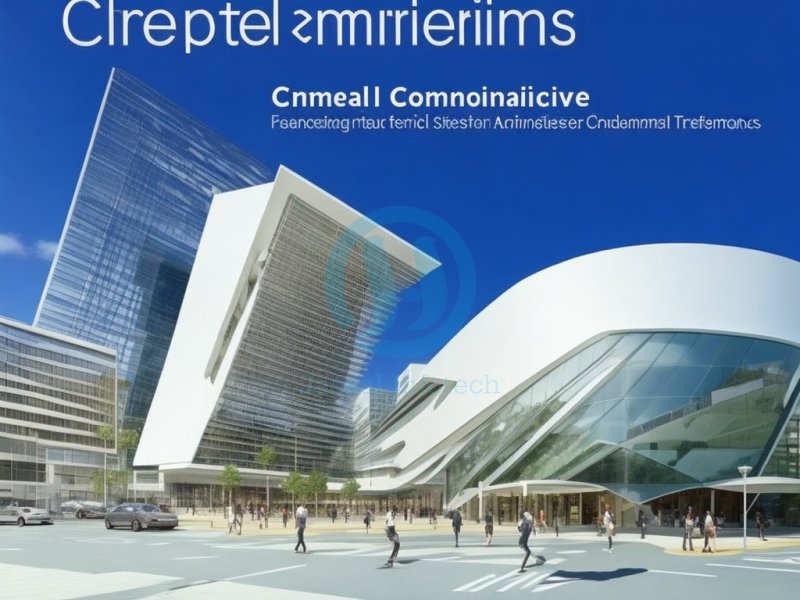
In the ever-evolving world of architecture, commercial spaces have been undergoing remarkable transformations, reflecting the changing needs and aspirations of businesses and communities alike. Today, we'll delve into the captivating realm of commercial architecture, exploring the latest design trends and innovative concepts that are reshaping the way we perceive and interact with commercial buildings. Join us on this exciting journey as we uncover the future of commercial architecture.
In an era where sustainability and well-being are paramount, biophilic design has emerged as a powerful trend in commercial architecture. By integrating natural elements such as green walls, indoor gardens, and ample daylight, architects are crafting spaces that foster a deep connection with nature. Biophilic design not only enhances the aesthetics of a commercial building but also promotes productivity, reduces stress, and improves the overall quality of the work environment.
The rise of the Internet of Things (IoT) has paved the way for smart buildings, equipped with intelligent systems that optimize energy consumption and provide enhanced user experiences. From responsive lighting and temperature control to automated security systems, these cutting-edge technologies are revolutionizing the way businesses operate within their spaces. Smart buildings not only increase energy efficiency but also offer seamless integration with users' smartphones and other devices, streamlining day-to-day activities.
With a growing emphasis on sustainability, adaptive reuse has become a compelling concept in commercial architecture. Instead of tearing down old structures, architects are repurposing existing buildings and giving them new life. From transforming industrial warehouses into vibrant office spaces to converting historic buildings into boutique hotels, adaptive reuse showcases the fusion of creativity and sustainability, preserving cultural heritage while meeting modern needs.
Commercial spaces are no longer confined to rigid layouts. In today's fast-paced world, businesses seek adaptable environments that cater to their ever-changing requirements. Flexible layouts, modular furniture, and movable partitions facilitate fluid spaces that can easily transform to accommodate various functions, whether it's collaborative brainstorming sessions or private meetings. This versatility fosters creativity and teamwork while optimizing the use of space.
In pursuit of energy efficiency, bioclimatic design harnesses the natural elements of the environment to regulate the temperature and lighting within a commercial building. Strategic positioning of windows, ventilation systems, and shading elements maximizes natural light while reducing the need for artificial cooling and heating. Bioclimatic design not only reduces energy consumption but also creates comfortable and pleasant spaces that benefit both occupants and the planet.
Green roofs and living facades have become increasingly popular in commercial architecture, especially in urban settings. These eco-friendly features incorporate vegetation onto the building's exterior, providing numerous benefits such as improved air quality, thermal insulation, and rainwater management. Moreover, green roofs can serve as recreational spaces for employees or visitors, offering a serene escape amidst the concrete jungle.
As the world progresses, commercial architecture continues to evolve, embracing sustainability, user-centric design, and technological advancements. Biophilic design blurs the lines between indoor and outdoor spaces, while smart buildings offer unparalleled efficiency and convenience. Adaptive reuse breathes new life into old structures, while fluid spaces promote collaboration and adaptability. Bioclimatic design embraces nature's wisdom, and green roofs and living facades provide a breath of fresh air in urban landscapes.
By adopting these innovative concepts and design trends, the future of commercial architecture promises to be a harmonious blend of functionality, aesthetics, and sustainability. As architects and businesses forge ahead hand in hand, we can look forward to a more promising and inspiring built environment for generations to come.
Share This News